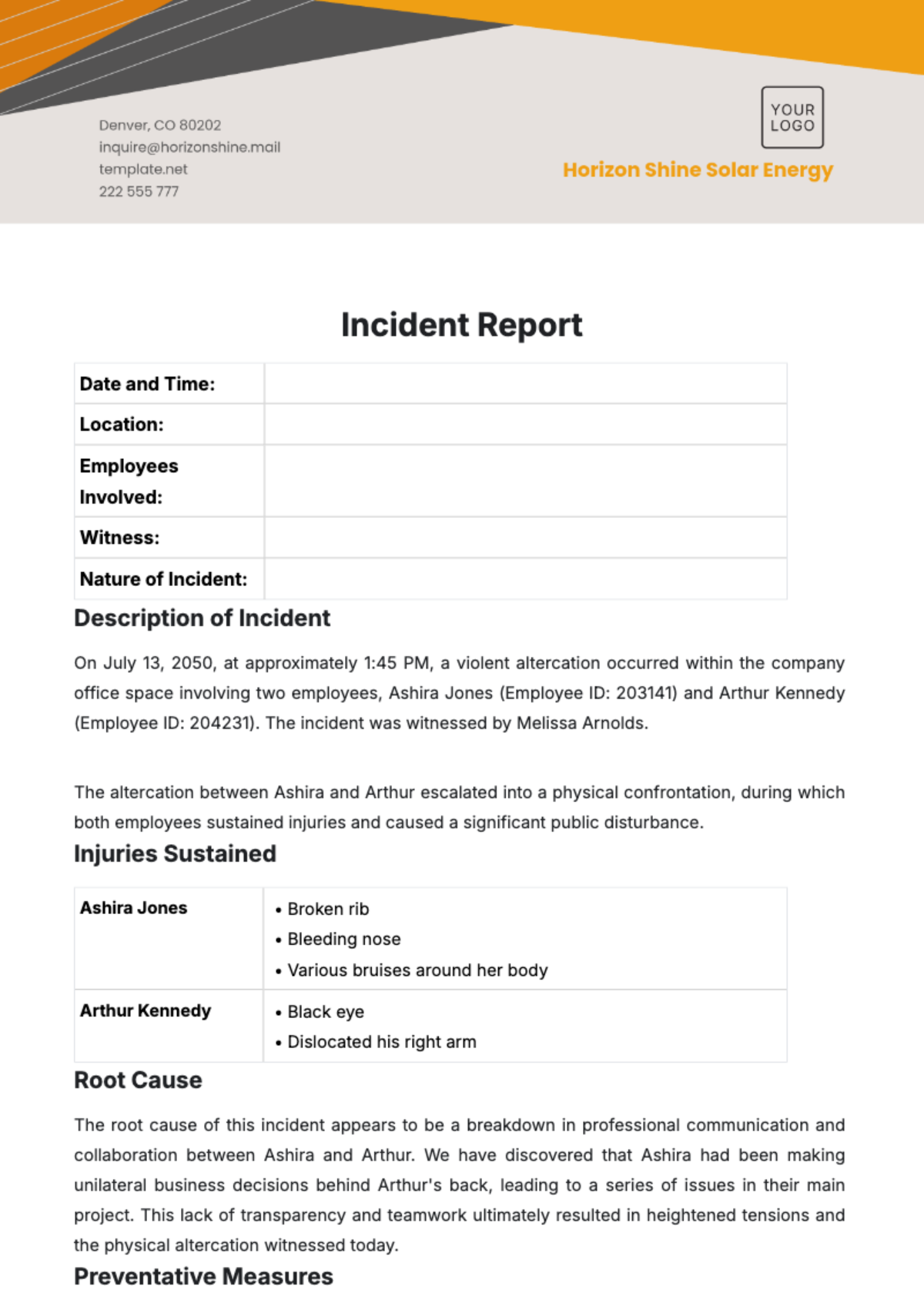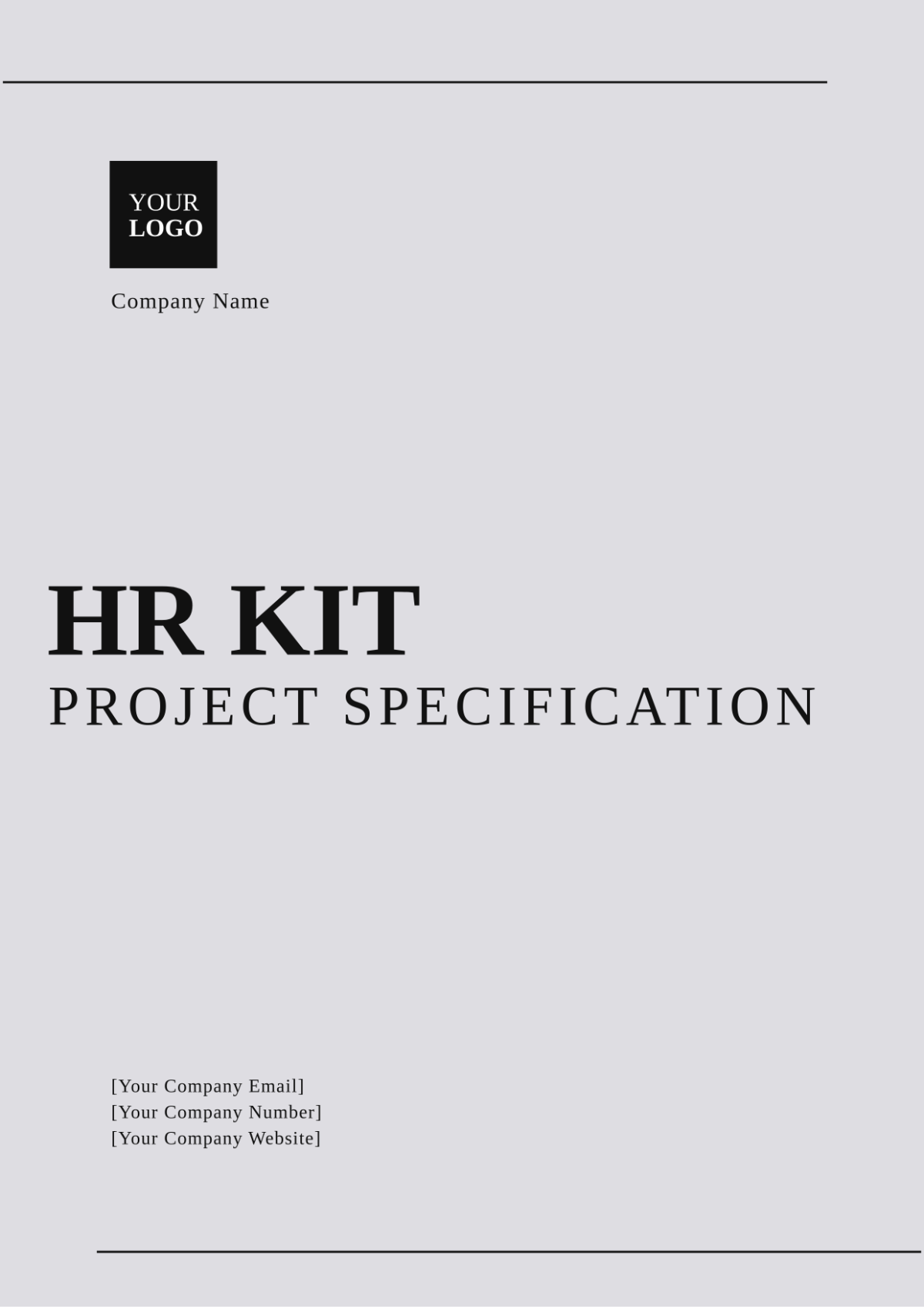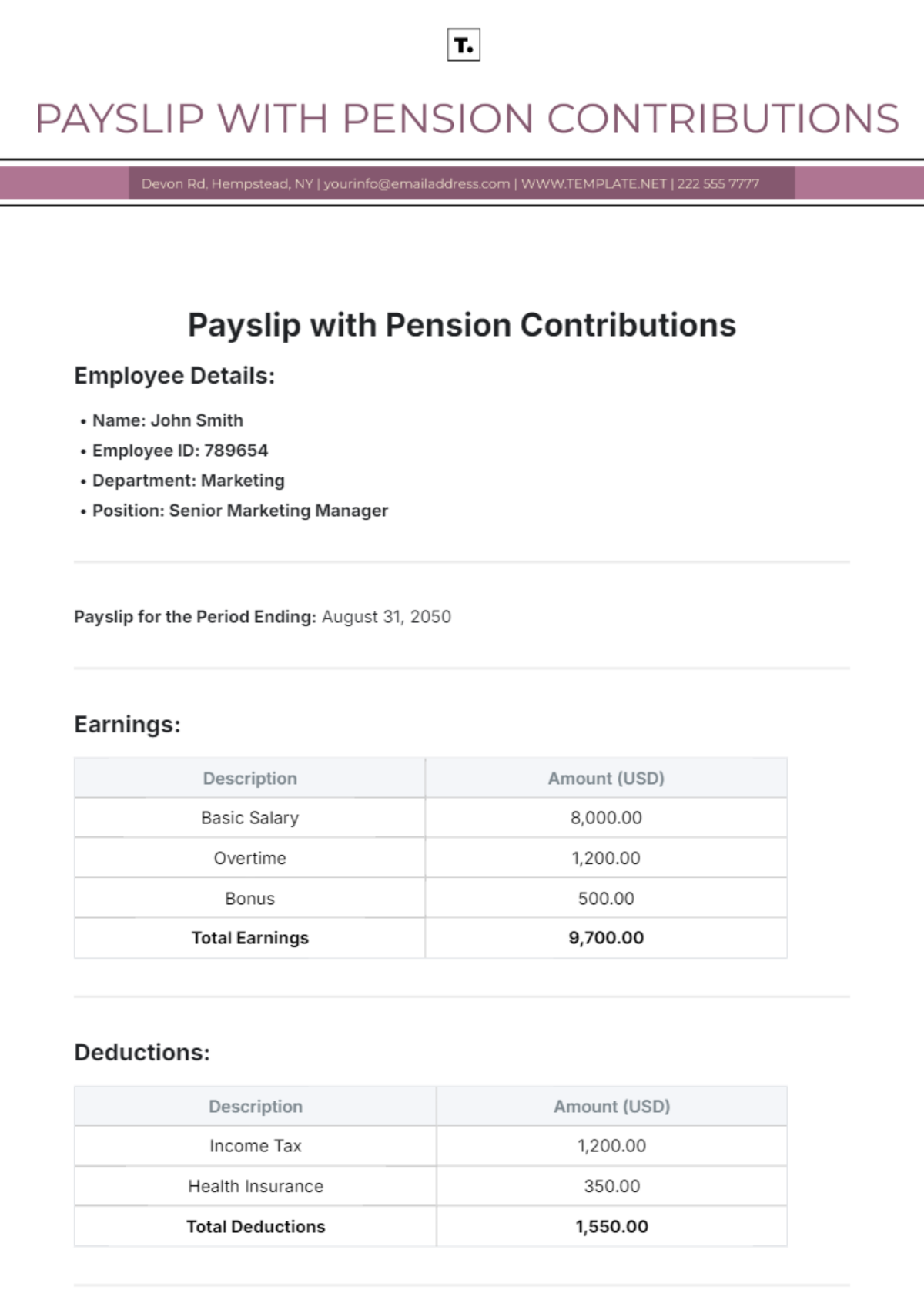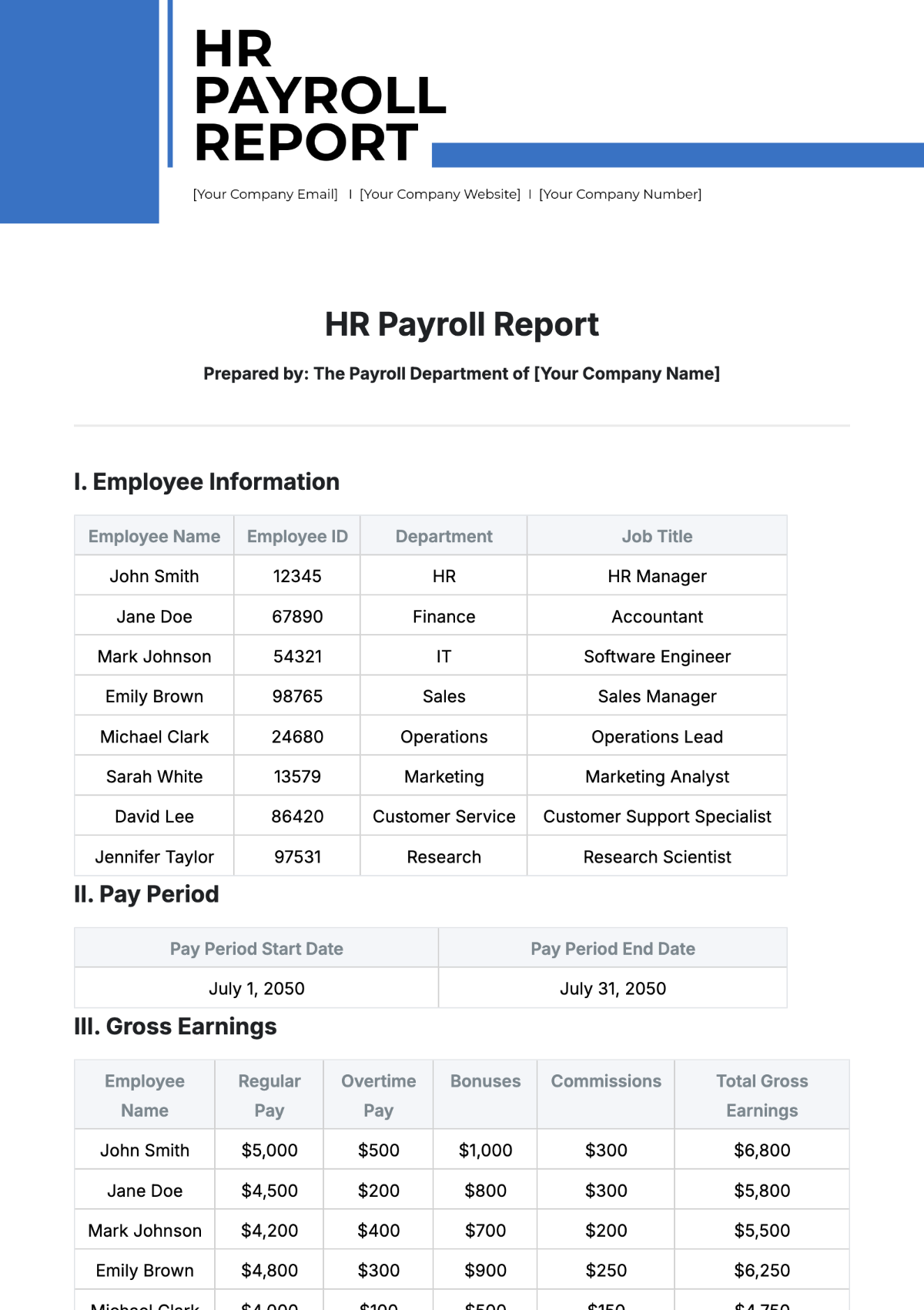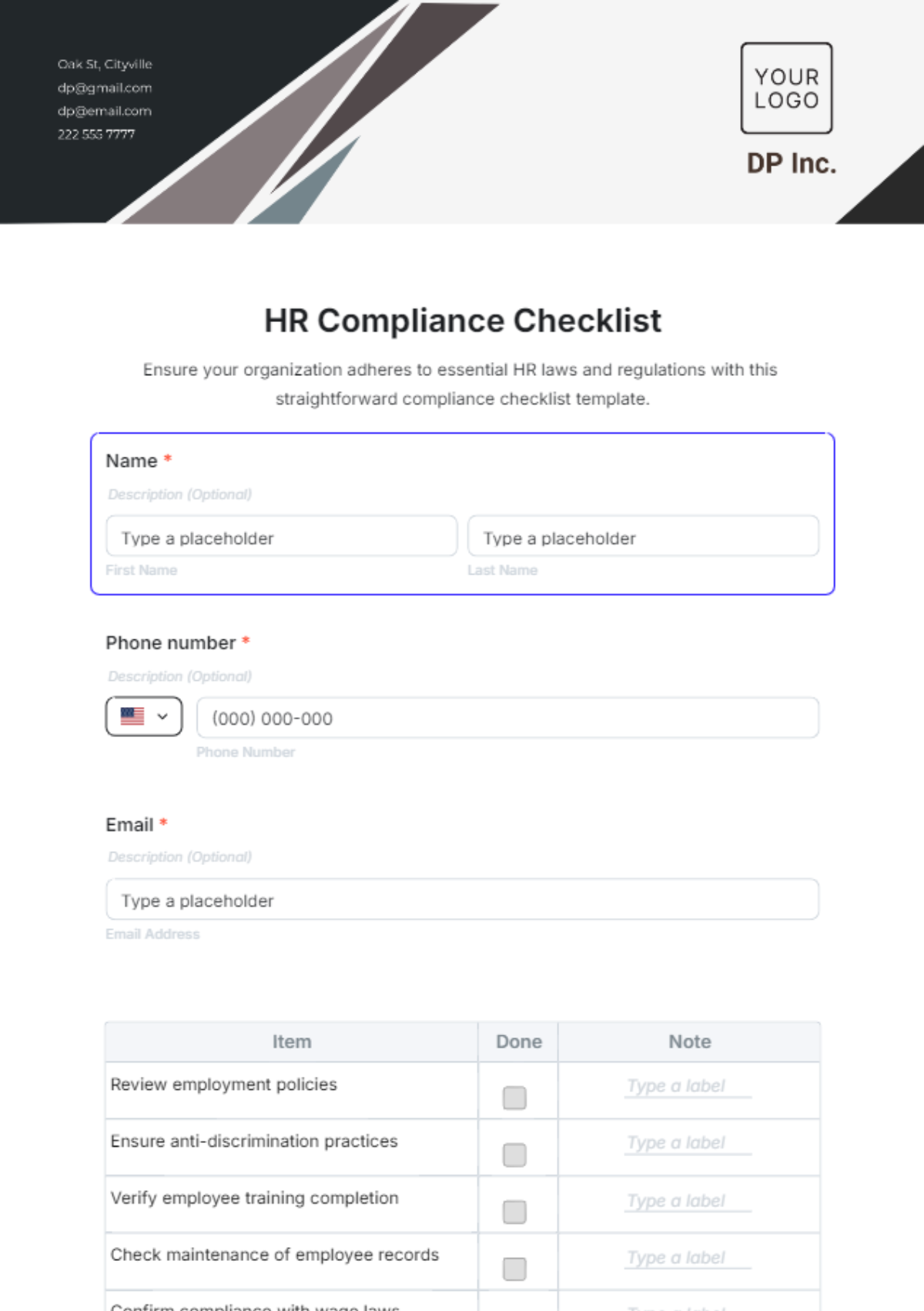Merit Pay System Implementation Guide HR
Introduction
Merit pay systems serve as a pivotal component in aligning employee performance with our organizational goals, fostering a culture of excellence and accountability. By directly linking compensation to performance outcomes, we aim to motivate employees to excel in their roles, thus driving organizational success. Implementing a merit pay system reflects our commitment to recognizing and rewarding our employees' contributions based on measurable achievements and performance metrics. In implementing the system in our organization, we have the following objectives:
To enhance employee motivation and engagement through performance-based rewards.
To improve organizational performance by aligning employee goals with strategic objectives.
To ensure a fair and transparent system for compensation based on individual contributions.
To retain top talent by offering competitive rewards for high performers.
To foster a culture of continuous improvement and accountability.
Preparation and Planning
Implementing a merit pay system requires meticulous preparation and planning to ensure its effectiveness and alignment with our strategic objectives. This stage is crucial for laying the groundwork for a successful rollout.
Assessing Organizational Readiness
Conduct an initial assessment to evaluate the current performance management system and its capability to support a merit pay structure.
Survey employee and manager perceptions of the existing compensation system to identify areas for improvement.
Setting Clear Objectives for the Merit Pay System
Define specific, measurable objectives that the merit pay system aims to achieve, such as increased productivity, improved quality of work, or higher employee retention rates.
Ensure these objectives are aligned with our broader organizational goals and values.
Establishing a Project Timeline and Team
Develop a realistic timeline for the implementation of the merit pay system, marking key milestones such as design, communication, training, and launch phases.
Assemble a cross-functional team comprising HR professionals, department managers, and finance experts to oversee the implementation process. This team will be responsible for designing the system, addressing potential challenges, and ensuring a smooth rollout.
Defining Performance Criteria
The cornerstone of a merit pay system is a clear, objective set of performance criteria that aligns with our organizational goals and values. These criteria ensure that merit pay decisions are fair, transparent, and based on measurable performance outcomes. By establishing specific benchmarks for performance, we encourage a culture of excellence and accountability, where employees understand the behaviors and results that are rewarded.
Criteria | Description |
Quality of Work | Accuracy, thoroughness, and attention to detail in work outputs. |
Productivity | Volume of work produced in a given timeframe without sacrificing quality. |
Initiative | Proactive efforts to improve processes, solve problems, and contribute to team objectives. |
Teamwork and Collaboration | Ability to work effectively with colleagues, contributing to a positive team environment. |
Leadership and Influence | For managerial roles, effectiveness in leading teams, mentoring staff, and driving results. |
Customer Satisfaction | Feedback from internal or external customers regarding the quality of service or products. |
Innovation | Contributions to the organization through new ideas, products, or process improvements. |
These criteria are designed to be adaptable across different roles and departments, ensuring that all employees have the opportunity to be recognized for their contributions.
Designing the Merit Pay Structure
A well-designed merit pay structure is essential to effectively reward employees for their performance. This structure should be flexible enough to accommodate various levels of achievement, yet standardized to ensure fairness and transparency.
Structure | Description | When Best Used |
Percentage Increase | Merit pay is awarded as a percentage increase to the employee's base salary. | For consistent, across-the-board recognition of performance improvements. |
Bonus Payments | A one-time payment made to employees based on performance criteria. | For recognizing exceptional achievements on specific projects or goals. |
Pay Grade Advancement | Employees are moved to a higher pay grade within their salary band based on performance. | To reward sustained high performance and career progression. |
Spot Awards | Immediate, one-time rewards given for exceptional performance or achievements. | For spontaneous recognition of outstanding contributions. |
Non-Monetary Rewards | Rewards such as extra vacation days, professional development opportunities, etc. | To complement monetary rewards and cater to diverse employee preferences. |
Budgeting for Merit Pay
An effective merit pay system requires careful financial planning to ensure sustainability and impact. Budgeting for merit pay involves allocating funds in a way that rewards performance while staying within the organization's financial constraints. It's crucial to establish a budget that reflects the organization's commitment to rewarding excellence and aligns with its fiscal realities. The following table outlines standard budgeting percentages for merit pay, providing a baseline for financial planning.
Performance Level | Budget Allocation as % of Payroll |
Top Performers | 20% |
Above Average Performers | 15% |
Average Performers | 10% |
Below Average Performers | 0% |
Guidelines in Securing Funds
Assess past budget allocations and performance outcomes to forecast future merit pay needs accurately.
Engage with finance and senior leadership early in the planning process to align on the merit pay budget's size and scope.
Consider merit pay as an investment in employee motivation and retention, justifying the allocation based on potential returns in productivity and satisfaction.
Explore flexible funding strategies that allow for adjustments based on actual performance distributions and organizational financial performance.
Communication Strategy
Transparent and effective communication is vital to the success of a merit pay system. Employees need to understand how the system works, how performance is measured, and how merit pay is determined. This clarity motivates employees and fosters trust in the system. Here are the following guidelines:
Announce the introduction of the merit pay system well in advance, including the rationale, objectives, and expected benefits.
Provide detailed information on how performance will be evaluated and how merit increases or bonuses will be determined.
Hold informational sessions and workshops for employees and managers to explain the process, answer questions, and gather feedback.
Regularly communicate the timeline for performance evaluations and merit pay decisions to keep everyone informed and engaged.
Monitoring and Evaluation
Ongoing monitoring and evaluation are crucial to ensure the merit pay system achieves its objectives and remains fair and effective. This process involves tracking specific metrics and conducting regular reviews. Here are the following metrics:
Metric | Description |
Employee Satisfaction | Surveys to gauge employee views on the merit pay system. |
Retention Rates | Changes in employee turnover rates post-implementation. |
Performance Improvement | Improvements in individual and team performance metrics. |
Cost-Effectiveness | Analysis of the ROI on merit pay investments. |
After collecting data on these metrics, a comprehensive review process should be conducted annually to assess the system's effectiveness. This review should involve analyzing the collected data, gathering feedback from employees and managers, and making necessary adjustments to the merit pay structure, criteria, or budget. The goal is to continuously refine the system to better motivate employees, reward high performance, and align with organizational objectives and financial capabilities.
Implementing the Merit Pay System
The implementation of a merit pay system is a complex process that requires careful planning and execution to ensure its success and acceptance across the organization. A phased approach allows for the systematic rollout of the system, addressing any issues that arise and making adjustments as necessary. The following table outlines a standard implementation timeline, providing a structured framework for introducing the merit pay system.
Phase | Timeline | Activities |
Planning | Month 1-2 | Define performance criteria, design pay structure, budget planning. |
Communication | Month 3 | Launch communication strategy, hold informational sessions. |
Training | Month 4-5 | Train managers on performance evaluation and feedback. |
Pilot | Month 6-7 | Implement merit pay system in a pilot department. |
Evaluation | Month 8 | Assess pilot, adjust system based on feedback. |
Full Rollout | Month 9-12 | Implement system across the organization, monitor and adjust. |
Legal and Ethical Consideration
When implementing a merit pay system, it is crucial to consider legal and ethical implications to ensure compliance and fairness. In the United States, several laws govern compensation practices, impacting how merit pay systems are designed and administered.
Fair Labor Standards Act (FLSA): Ensures employees are paid at least the minimum wage and receive overtime pay.
Equal Pay Act: Requires that men and women in the same workplace be given equal pay for equal work.
Title VII of the Civil Rights Act: Prohibits employment discrimination based on race, color, religion, sex, or national origin, including compensation.
Americans with Disabilities Act (ADA): Prohibits discrimination against individuals with disabilities in all areas of public life, including jobs.
Age Discrimination in Employment Act (ADEA): Protects individuals who are 40 or older from discrimination based on age in hiring, promotion, discharge, compensation, or terms, conditions, or privileges of employment.
Compliance with these laws ensures that the merit pay system is fair, equitable, and free from discrimination. Ethical considerations, such as transparency in how merit decisions are made and ensuring equitable access to performance improvement resources, are also critical.
FAQs
How is merit pay determined?
Merit pay is determined based on a combination of performance evaluations against established criteria and the available budget for merit increases.
Will everyone receive merit pay?
Not everyone will receive merit pay; it is awarded based on performance levels, with top performers receiving higher increases or bonuses.
How often will merit pay be reviewed?
Merit pay is typically reviewed annually, in line with performance review cycles.
Can merit pay decrease if performance declines?
While base salaries typically do not decrease, future merit pay increases or bonuses may be affected by declining performance.
Is merit pay the same as a bonus?
Merit pay can be structured as a salary increase or as a bonus. Salary increases are permanent adjustments to base pay, while bonuses are one-time payments.


